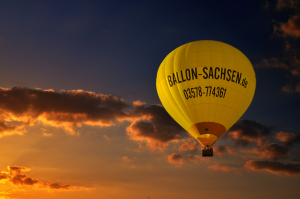- This topic is empty.
-
AuthorPosts
-
17/01/2025 at 10:35 #6978
When considering the longevity of a home, various factors come into play, including materials, construction techniques, climate, and maintenance. Homeowners often seek to invest in properties that not only provide immediate comfort but also stand the test of time. This post delves into the types of homes that are known for their durability, examining the materials and construction methods that contribute to their longevity.
1. Traditional Brick Homes
Brick homes have long been celebrated for their durability and resistance to various environmental factors. The inherent properties of brick—its ability to withstand fire, pests, and extreme weather—make it a popular choice for homeowners looking for longevity.
– Material Strength: Brick is a dense material that can endure significant wear and tear. Its thermal mass helps regulate indoor temperatures, reducing energy costs and contributing to a more sustainable living environment.
– Maintenance: While brick homes require periodic maintenance, such as repointing mortar joints, they generally demand less upkeep than other materials. Properly maintained, a brick home can last over a century.
2. Stone Houses
Stone houses are often regarded as the epitome of durability. Constructed from natural stone, these homes can last for generations, with some ancient stone structures still standing today.
– Natural Resilience: Stone is impervious to rot and insect damage, making it an ideal choice for longevity. Its natural insulation properties also contribute to energy efficiency.
– Aesthetic Appeal: Beyond durability, stone homes offer timeless beauty, which can enhance property value over time. However, the initial cost of construction can be higher than other materials.
3. Concrete Homes
Concrete is increasingly popular in modern construction due to its strength and versatility. Homes built with reinforced concrete can withstand severe weather conditions, including hurricanes and earthquakes.
– Structural Integrity: The use of concrete provides excellent structural integrity, reducing the risk of damage from natural disasters. Additionally, concrete homes are resistant to mold and pests.
– Energy Efficiency: Concrete’s thermal mass contributes to energy efficiency, allowing for lower heating and cooling costs. With proper insulation, concrete homes can maintain comfortable indoor temperatures year-round.
4. Steel Frame Homes
Steel frame construction is gaining traction for its strength and longevity. Steel is resistant to warping, cracking, and insect damage, making it a robust choice for modern homes.
– Durability: Steel frames can withstand extreme weather conditions and are less likely to suffer from the issues that plague wooden structures, such as termites and rot.
– Sustainability: Steel is recyclable, making it an environmentally friendly option. Additionally, homes built with steel can be designed to be energy-efficient, further enhancing their appeal.
5. Log Cabins
Log cabins, often associated with rustic charm, can also be surprisingly durable when constructed properly. The key to a long-lasting log home lies in the quality of the wood and the construction techniques employed.
– Natural Insulation: Logs provide excellent insulation, which can lead to lower energy costs. However, maintenance is crucial; regular treatment and sealing are necessary to prevent rot and insect damage.
– Cultural Significance: Beyond their durability, log cabins often carry historical and cultural significance, making them desirable for certain buyers.
Conclusion
When contemplating the longevity of a home, it is essential to consider not only the materials used but also the construction methods and ongoing maintenance. Brick, stone, concrete, steel, and log homes each offer unique advantages in terms of durability and resilience. Ultimately, the best choice will depend on individual preferences, budget, and the specific environmental conditions of the location.
-
AuthorPosts
- You must be logged in to reply to this topic.



